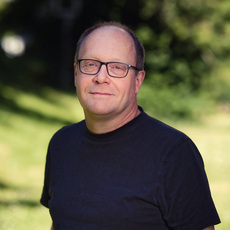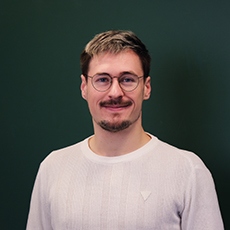A02 Scattering transforms of sparse signals
The scattering transform is based on a designed convolutional neural network using a wavelet filter bank structure. In previous work, alternative filter banks have been proposed as the basis for the scattering transform. While the impact of these choices was initially unclear, our findings show that the network's response behavior is strongly influenced by the interplay between the structured sparsity of both the input signal and the selected filters. To date, this insight is primarily based on analyzing the energy distribution within the corresponding scattering networks. We are now extending this investigation to determine whether similar dependencies also manifest in other network characteristics.
- Prof. Dr. Hartmut Führ
- RWTH Aachen University
- more information
- +49 241 80 94527
- fuehr@mathga.rwth-aachen.de
- homepage
- Max Getter
- RWTH Aachen University
- more information
- +49 241 80 90628
- getter@mathga.rwth-aachen.de
Publications
Digital implementations of deep feature extractors are intrinsically informative
Preprint 2025
Energy propagation in scattering convolution networks can be arbitrarily slow
Journal Article 2025
Consistent sampling of Paley-Wiener functions on graphons
Preprint 2025
Energy Propagation in Scattering Convolution Networks Can Be Arbitrarily Slow
Preprint 2024

